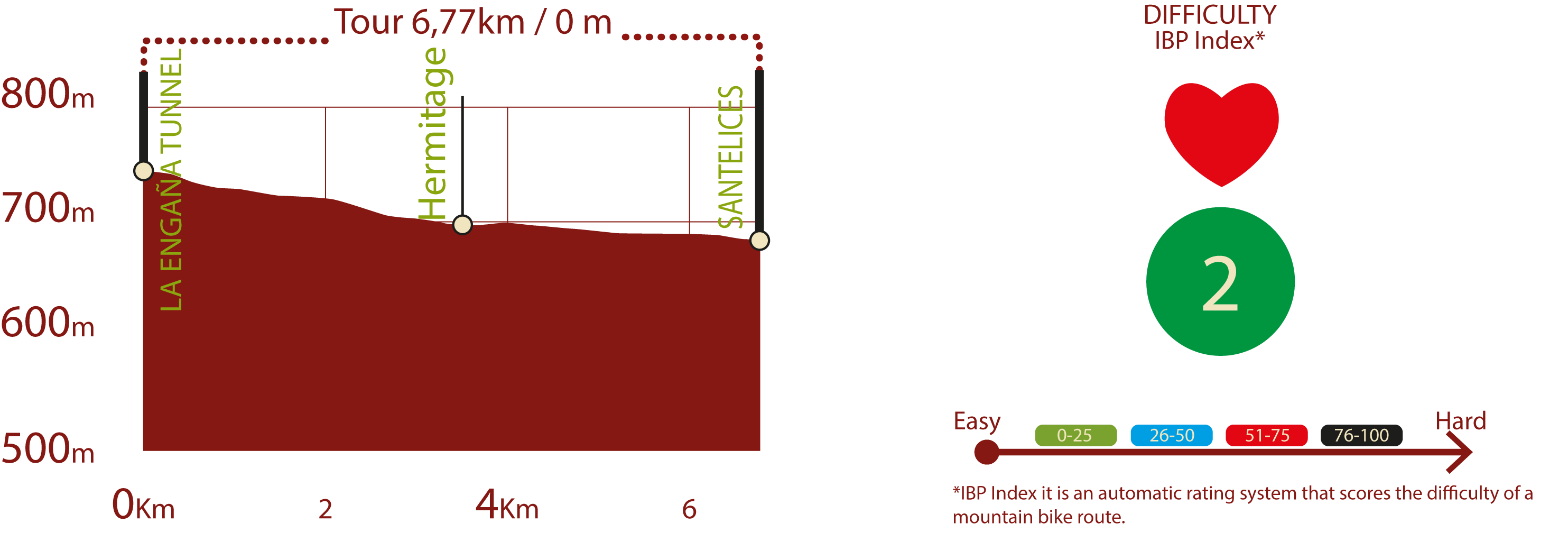- Home
- Rural Development
- Nature Trails
- Nature Trails
- Northwest Sector
- Las Merindades
Santander-Mediterráneo Nature Trail. Las Merindades section
Description

Among Mediterranean landscape and Cantabrian meadows
Las Merindades is a county that occupies the northern third of the province of Burgos in Castile and Leon. The county borders with the Autonomous Community of Cantabria on the northwest, the province of Vizcaya on the northeast, the province of Álava on the east and the Burgalese counties of Ebro, La Bureba and Páramos on the south. The regional capital is Villarcayo de Merindad de Castilla la Vieja.

The route starts at the former railway junction, next to Santelices logging company. This Nature Trail partially runs along the rail tracks.
From here, the route crosses a bridge over the BU-561 road, and then continues north for about one kilometre along a wide track until it reaches the former station now transformed into a private home.
The route continues along this track with Sierra de Caliza to the right and the River Nela to the left. At the second bridge next to Pedrosa, which crosses over the BU-526, the track continues north, passing next to the former Palacio de las Rozas. Further on, the Nature Trail crosses under a bridge connecting both sides of the town of San Martin de Porres.
The route crosses under the new railway line, and ventures through the impressive walls of the mountain range, with a quarry to the left.

The route ventures through oaks (Quercus sp.), poplars (Populus sp.), hawthorn, acacias (Acacia sp.), pines (Pinus sp.) and alders (Alnus glutinosa) until the ruins of a former train station appear to the right. Past the old chapel, it approaches Engaña Tunnel where the route ends.
The tunnel, which is 6,974 m long, was the longest railway tunnel in Spain until recently, although it was never used. It was built for the Burgos-Mediterranean line. However, the project was officially scrapped on September 30, 1984 by Enrique Barón, the Minister of Transport at that time.
Sites of interest
Map
Puntos de Interés
Cultura
Hidrografía
Información
Profile

MIDE (Method for the Information of Excursions)
Featured
Further information
Ojo Guareña Natural Monument
The River Guareña flows through this limestone massif creating the Complejo Kárstico de Ojo Guareña. Nearly 100 kilometres long, it is the largest in Spain and one of the 10 largest worldwide. It is one of the largest known cave systems with a rich cultural legacy, although only the Shrine of San Bernabé and the Cueva del Ayuntamiento can be visited. The climb down to Ojo de Guareña is also recommended. It may be accessed via a network of well-marked trails.
Multimedia
Downloads
GPS Downloads
Brochure and Maps
Cyclability
PROFILE & DIFFICULTY
SAFETY RECOMMENDATIONS
-The route is not very difficult, as it has very few crossroads and a very short, shared section, where extreme caution should be taken.
GENERAL RECOMMENDATIONS
-Find out about the technical aspects of the route and the weather on the day.
-Take care of the environment. Take care not to disturb animals or damage vegetation. Respect private areas.
-You must give priority to pedestrians and comply with general traffic rules.
-The environment in which you will be riding is open, free to move around and an area where many activities are carried out (sporting, forestry, livestock and agricultural activities). Always have an understanding, prudent, responsible and respectful attitude.






